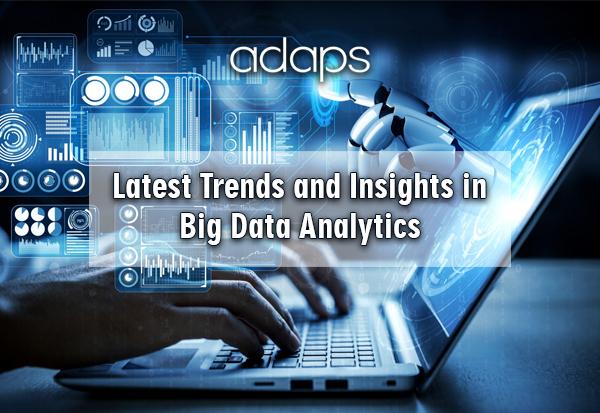Are you Leveraging the Latest Trends and Insights in Big Data Analytics?
Majority of the firms are striving to leverage big data for their business insights. However, as technology advances the analytics capabilities tend to progress, a paradigm shift is underway moving to a more holistic system of engagement through applying big data—the new look at analytics for enhancing business performance, customer experience and operational efficiency.The progressive use of big data will influence the way that companies understand and use business intelligence. Some of the big data and analytics trends include innovative concepts, mix and merge of various computer technologies that are based exclusively on big data.
Translytical Systems- Merging Transactional Operations and Analytics
Making real-time decisions on operational or transactional data for applications and time-sensitive services requires the combination of operational and analytical systems. This requirement has given birth to modern enterprise architecture, merging OLTP (CRM, ERP, etc.) with OLAP (BI, data warehouse, etc.) systems.A hybridised transactional-analytical data processing platform unlocks the door for unique operational applications like hyper-personalised recommendations, content, dynamic pricing, Real-time business process optimisation, Real-time fraud analysis, and Predictive maintenance.
The translytical trend is particularly evident, with the growth of digital banking. As per the current scenario, the corresponding business influences are data-driven enhancements in information monetisation, customer experience, and operational efficiency.
Data as a Service
Data is stored in data stores, developed in order to obtain by specific applications. When the SaaS (software as a service) was familiar, DaaS was only a beginning. As with SaaS applications, DaaS uses the cloud technology to provide users and applications with on-demand information access without depending on where the applications or users may be.Data as a Service is one of the modern trends in big data and analytics and will deliver it easier for analysts to retrieve data for business review tasks and simpler for a firm or industry to share data.
Predictive Analytics
Big data analytics has always been a primary approach for firms to become a competing edge and to achieve their goals. They apply fundamental analytics tools to prepare big data and identify the causes of why particular issues arise. Predictive methods are executed to examine current data and past events to know customers and identify potential hazards and events for a business. Predictive analysis in big data is able to predict what may happen in the future.
This strategy is remarkably effective in correcting analysed collected data to predict the response of the customer. It permits firms to define the steps that they have to practice through recognising a customer’s next move before they do it.
Artificial Intelligence in Big Data Analytics
From the last decade, the use of AI has been increased tremendously. Big data techniques are making use of AI models only for particular tasks. For example, data analysts often use AIs for assistive roles. Such AI usage for augmenting human intelligence rather than changing it, and it is known as Augmented Intelligence. Augmented intelligence is one of the critical features of Artificial Intelligence to be adopted by the analytics industry, along with Natural Language Processing and Deep Learning that are falling beneath the same umbrella.
Modern learning algorithms are proficient enough to analyse patterns in huge volumes of data sets are ready to enter in the Big Data industry and provide automated decision-making techniques which lead to better data volume exploitation. However, the critical role of these models in association with Deep Learning and Machine Learning would continue the same, to strengthen decisions by giving an assistive role to human intelligence.
Big Data Analytics is Accelerating Digital Transformation
The technology trends are found in several industries, including insurance, financial services, retail & e-Commerce, and telecommunications. It is a clear sign of a comprehensive digital transformation already underway, led by big data and cutting-edge analytics. In turn, higher innovationand new data-driven strategies in the business.


